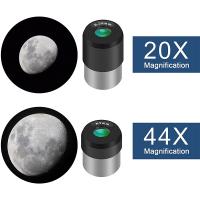What Seed Of Memory Wildlife Camera ?
The seed of memory wildlife camera is a type of camera that is specifically designed for capturing wildlife footage. It is equipped with a built-in memory card slot where users can insert a memory card to store the recorded videos and images. The camera is typically placed in outdoor environments such as forests, parks, or gardens to capture the activities of various wildlife species. The seed of memory wildlife camera is often equipped with motion sensors or infrared sensors to detect movement and trigger the camera to start recording. This allows for the capture of wildlife behavior and interactions without the need for constant human monitoring. The recorded footage can then be reviewed and analyzed to gain insights into the behavior and ecology of different wildlife species.
1、 Seed dispersal mechanisms in wildlife
Seed dispersal mechanisms in wildlife play a crucial role in maintaining biodiversity and ecosystem functioning. These mechanisms involve the movement of seeds away from the parent plant, allowing for colonization of new areas and reducing competition among offspring. Various wildlife species, including birds, mammals, and reptiles, contribute to seed dispersal through different means.
Birds are known to be efficient seed dispersers, as they consume fruits and then excrete the seeds in different locations. This process, known as endozoochory, allows for long-distance dispersal of seeds. Additionally, birds may also disperse seeds by sticking them to their feathers or beaks, known as epizoochory.
Mammals, such as rodents and primates, also play a significant role in seed dispersal. They often consume fruits and disperse the seeds through their feces. Some mammals, like squirrels, bury seeds for later consumption but may forget or fail to retrieve them, leading to seed dispersal and potential germination.
Reptiles, particularly turtles and tortoises, can also contribute to seed dispersal. They consume fruits and excrete the seeds in different locations, aiding in the colonization of new areas.
Recent research has shed light on the importance of seed dispersal by large mammals, such as elephants and rhinoceroses. These animals consume large quantities of fruits and disperse the seeds over long distances through their feces. This process not only aids in seed dispersal but also contributes to the regeneration of forests and the maintenance of plant diversity.
In conclusion, seed dispersal mechanisms in wildlife are diverse and essential for the survival and expansion of plant populations. Understanding these mechanisms and their ecological implications is crucial for conservation efforts and maintaining healthy ecosystems.

2、 Memory formation and retention in animals
The seed of memory in wildlife camera is the ability to capture and record the behavior and activities of animals in their natural habitats. Wildlife cameras, also known as trail cameras or game cameras, are equipped with motion sensors and infrared technology to detect and capture images or videos of animals when they pass by. These cameras have become an invaluable tool for researchers studying memory formation and retention in animals.
By placing wildlife cameras in strategic locations, researchers can observe and document the behaviors of animals over extended periods of time. This allows them to study how animals learn and remember specific tasks or events, such as finding food sources, navigating their environment, or avoiding predators. The captured footage provides valuable insights into the cognitive abilities of different species and helps researchers understand the mechanisms behind memory formation and retention.
In recent years, advancements in wildlife camera technology have further enhanced our understanding of animal memory. High-resolution cameras with improved image and video quality allow for more detailed observations and analysis. Additionally, the development of wireless and remote-access capabilities enables researchers to monitor and retrieve data from cameras in real-time, reducing the need for physical retrieval and minimizing disturbance to the animals being studied.
Furthermore, the use of artificial intelligence and machine learning algorithms has revolutionized the analysis of wildlife camera data. These technologies can automatically detect and classify different species, behaviors, and patterns, making it easier for researchers to extract meaningful information from large amounts of footage.
Overall, wildlife cameras serve as a crucial seed of memory in the study of memory formation and retention in animals. They provide a non-invasive and objective method for observing and documenting animal behavior, allowing researchers to unravel the mysteries of memory in the animal kingdom.

3、 Wildlife camera technology and applications
The seed of memory in wildlife camera technology refers to the ability of these cameras to capture and store images and videos of wildlife in their natural habitats. These cameras are equipped with memory cards or internal storage that can hold a significant amount of data, allowing researchers and wildlife enthusiasts to document and study animal behavior without direct human intervention.
Wildlife camera technology has come a long way in recent years, with advancements in image quality, battery life, and connectivity. High-resolution cameras with infrared sensors can capture clear images even in low-light conditions, providing valuable insights into nocturnal animal activities. Additionally, the development of wireless and cellular connectivity has made it easier to remotely monitor and retrieve data from these cameras, reducing the need for frequent physical visits to the field.
The applications of wildlife cameras are vast and diverse. They are used by researchers to study animal behavior, population dynamics, and habitat use. These cameras have also proven to be effective tools in conservation efforts, helping to monitor endangered species, detect illegal activities such as poaching, and assess the impact of human activities on wildlife.
In recent years, there has been a growing interest in using artificial intelligence (AI) and machine learning algorithms to analyze the vast amount of data collected by wildlife cameras. These technologies can automatically identify and classify species, track individual animals, and detect patterns in behavior. This integration of AI and wildlife camera technology has the potential to revolutionize wildlife research and conservation by providing more accurate and efficient data analysis.
In conclusion, the seed of memory in wildlife camera technology has allowed us to gain unprecedented insights into the lives of animals in their natural habitats. With advancements in image quality, connectivity, and data analysis, wildlife cameras continue to be valuable tools for researchers and conservationists in understanding and protecting our planet's biodiversity.

4、 Behavioral patterns captured by wildlife cameras
The seed of memory in wildlife cameras lies in the behavioral patterns they capture. These cameras are strategically placed in natural habitats to observe and record the activities of various wildlife species. By capturing these behavioral patterns, wildlife cameras provide valuable insights into the lives and habits of animals in their natural environments.
Wildlife cameras have revolutionized the field of animal behavior research. They allow scientists to study animals without disturbing their natural behavior, providing a non-invasive method of data collection. These cameras have captured a wide range of behavioral patterns, including feeding habits, mating rituals, social interactions, and territorial behaviors. Such information helps researchers understand the ecological roles of different species, their interactions with other organisms, and their responses to environmental changes.
Moreover, wildlife cameras have also shed light on previously unknown or rare behaviors. For example, they have captured elusive species engaging in unique hunting techniques or displaying intricate courtship rituals. These observations have expanded our knowledge of animal behavior and challenged existing theories.
The latest point of view in wildlife camera research involves advancements in technology. High-resolution cameras, improved battery life, and wireless connectivity have made it easier to capture and analyze behavioral data. Additionally, machine learning algorithms are being developed to automatically identify and classify animal behaviors, reducing the time and effort required for data analysis.
In conclusion, the seed of memory in wildlife cameras lies in the behavioral patterns they capture. These cameras have provided invaluable insights into the lives of animals, expanding our understanding of their behavior and ecological roles. With advancements in technology, wildlife cameras continue to play a crucial role in studying and conserving wildlife populations.


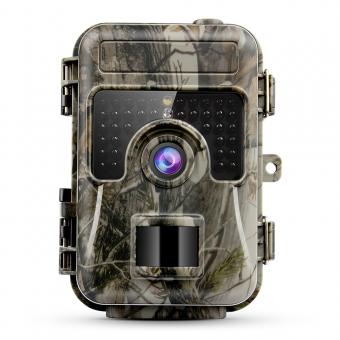
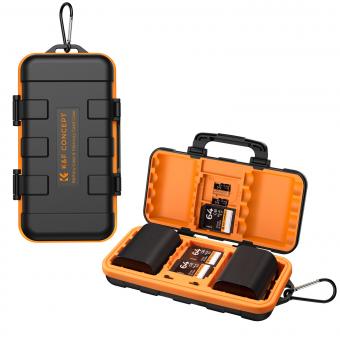


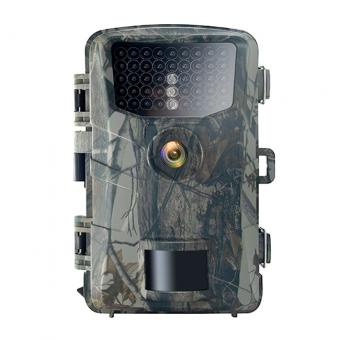

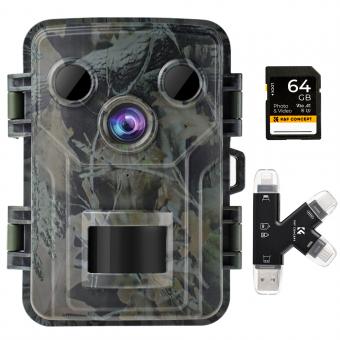
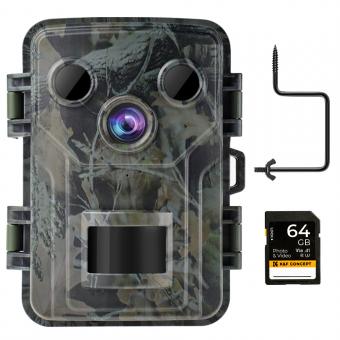
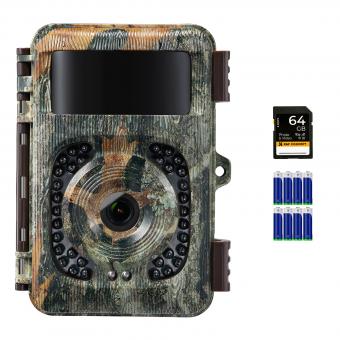
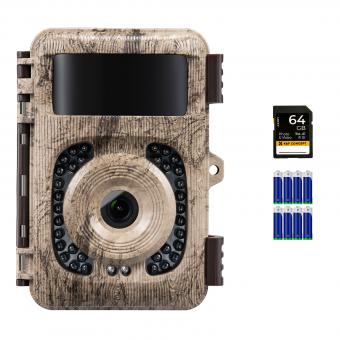



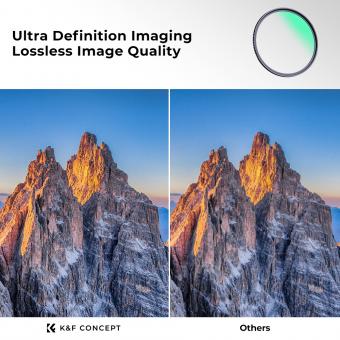














(1)-200x200.jpg)






